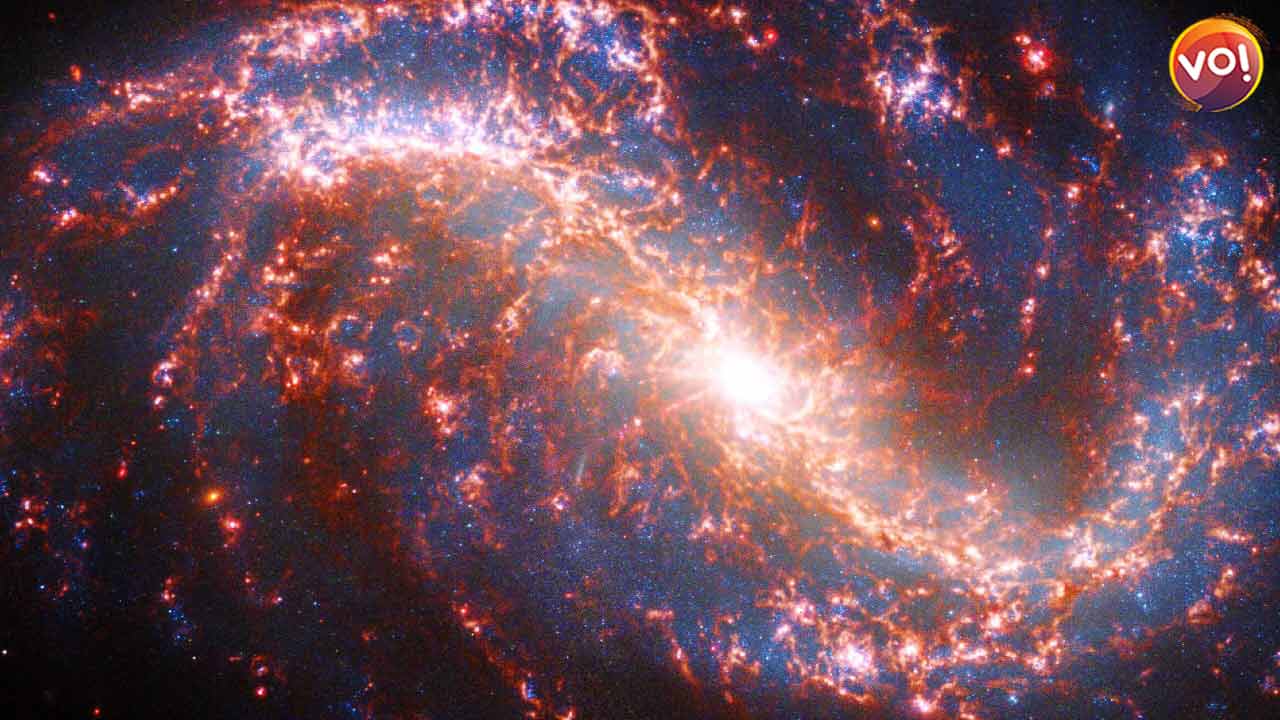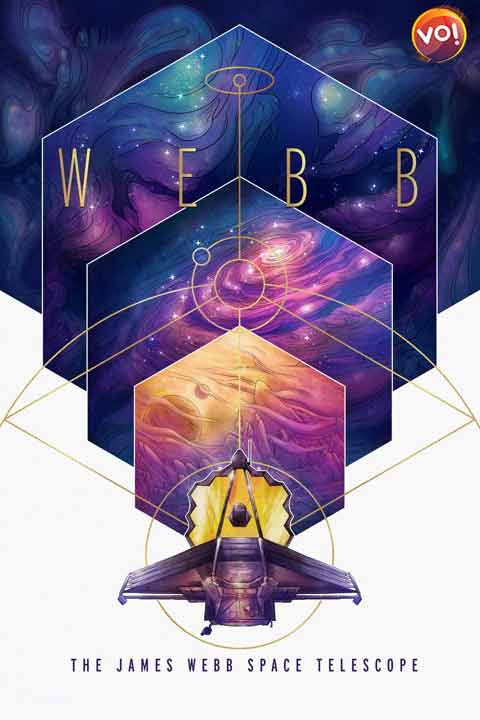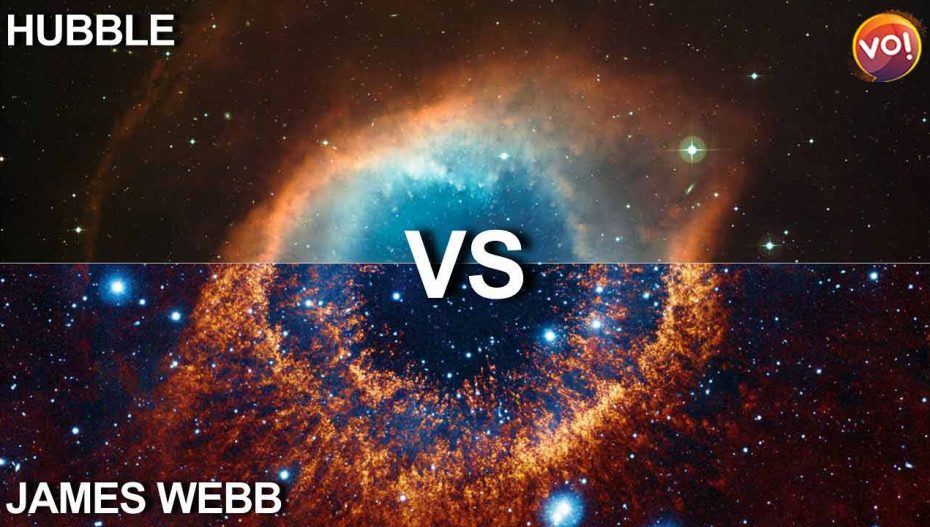As NASA’s James Webb Space Telescope turns its gaze on a selection of the more than 5,000 strange new worlds confirmed to exist in our galaxy, scientists will begin to trace out a fuller picture of their “lives” – from birth to death. Lawmakers and scientists both expressed concern that the JWST project is siphoning funds from other research areas, but many other scientists say that Webb is worth the money and the wait.
Webb’s conception is inspired by the Hubble Space Telescope—the 31-year-old observatory famous for capturing stunning photos of our universe’s galaxies. But Webb picks up where its predecessor falls short.
This latest contraption is unique because of two capabilities. First, it is big, with a 21.3-feet primary mirror that makes Webb the furthest-seeing telescope humankind has ever built. Secondly, Webb views the universe in the infrared—the zone on the electromagnetic spectrum with slightly longer wavelengths than visible light. Its closest challenger, Hubble, works primarily in the visible and has a limited infrared-viewing range.
Thanks to Webb’s size and infrared gaze, here are five things the telescope will allow astronomers to understand better.
Understand How Early Galaxies Formed And Grew
When we look at a distant galaxies light years away, we aren’t seeing it in its most recent state. Its distance in light years translates to the number of years it takes for its light to arrive to Earth. For example, the closest galaxy to ours is the Canis Major Dwarf Galaxy which is 25,000 light-years away, so its light takes 25,000 years to reach Earth. That means when we look at Canis Major Dwarf, we’re seeing it as it was 25,000 years ago.
The further into space scientists can look, the further back in time they can observe a galaxy. Webb, being the farthest seeing telescope yet, can root out the youngest looking galaxies humanity can observe.

Detect Possible Chemical Signatures Of Life On Other Planets
If life exists outside of Earth, it will release distinct chemical signatures, such as by breathing carbon dioxide and photosynthesizing out oxygen, that can transform a planet. Analyzing the chemicals in a planet’s atmosphere will not only allow scientists to look for life, but also enable them to assess a planet’s habitability.
Webb can detect infrared wavelengths for fingerprinting chemicals such as water and methane present in the atmosphere of exoplanets, which are planets beyond our solar system. “Exoplanet science as a field is pretty new,” says Munazza Alam, an astrophysicist at Harvard–Smithsonian Center for Astrophysics. Since the first exoplanet discovery in 1992, scientists have found thousands of exotic planets teeming in the universe. “They’re everywhere,” she says.
Watch The Birth Of Stars
The birthplaces of stars are full of dust. While they make for breath-taking photos, the dust blocks scientists from peering right into the heart of these clouds when they look at them with visible light. Luckily, infrared light from stars can penetrate through the dust to give scientists a whole new take on an old view. Hubble’s limited infrared capabilities have barely scratched the surface for studying stellar formation; Webb’s broader infrared range will enable scientists to peer deeper into the dust.

Study Black Holes From A Different Angle
Nothing can escape a black hole, not even light; so technically, black holes are invisible. Luckily, swirling around black holes is plenty of stuff we can see—stars, dust and entire galaxies. To study black holes, scientists scrutinize this stellar menagerie, similar to studying a shadow to learn about its shadow-casting object.
In the past, scientists have used X-ray telescopes to study specific kinds of physics of black holes. Webb’s infrared instruments will allow scientists to see different goings-on in a black hole’s corner, particularly, the cooler gases and stars dancing around their invisible neighbour. Where stars congregate is a dusty place; luckily, Webb’s infrared eye will allow scientists to peer past the dusty curtain and see through it all.
Discover The Unknown
The space is full of possibilities. JWST may just open the doors into the unknown realms.
Also Read: ISS, Hubble & Webb: Your Space Guide To July 12 Countdown













